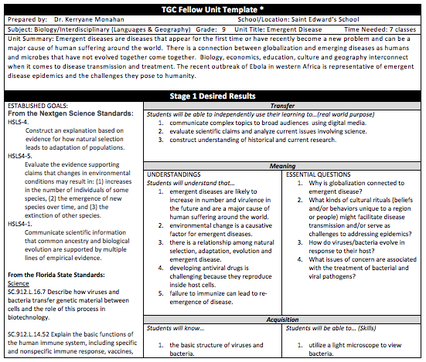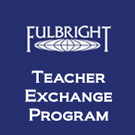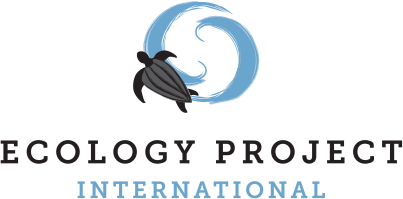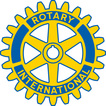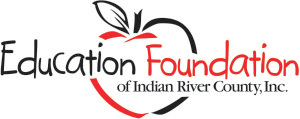What does global education look like in my classroom?
|
Globalizing your curriculum to foster world ready students can look really different across teachers and disciplines. There is no one best format, rather teachers should focus on developing the four global capacities that underlie global competence through their discipline.
Here's a video I made of a lesson plan on endangered species. This lesson plan used both the National Geographic Learning Framework and focused on a number of global competencies including understanding a problem from multiple perspectives and communicating ideas. You can take any standards and GLOBALIZE them - here's a sample of both Florida and Nextgen science standards relevant to this lesson, that I upgraded to address global competences. It's a great example of how you can take what you already do and modify it to explicitly support global citizenship. I hope to expand this lesson to include a "taking action" piece on protecting locally endangered species while relating those actions to global issues. |
Here is a Unit by Design on Emergent Disease. Developing your first globally-focused lesson plan through the Unit by Design protocol can be very helpful because it allows you to start big (what are your desired results), determine the appropriate mechanisms to assess your desired outcomes (how will you know if students achieved your identified outcomes), and then to focus on the details (how and what will you teach). As an independent school, we have the luxury of not being tied to any given set of standards at our school. However, I would recommend teachers become familiar with state and Common Core Standards relevant to their area of discipline if only to have a deep understanding of what others think is critical for students to learn and master (think standardized test preparation). A UbD lesson plan permits you to use any and all relevant standards. In my Emergent Disease plan I included the Nextgen Science Standards, Florida Standards, Common Core and Global Competency Standards. Check back here in a few months to see sample student work from this globalized lesson. |
How can I use technology to start globalizing my classroom today?
You can start with small steps! Here are a few of my favorite ways that you can get students to start developing the four global competencies today.
Thinglink - a neat little app that lets students annotate images and videos. A great way to start thinking about an issue from multiple perspectives.
Padlet - a great app for collaboration, have all your students (even across sections) working in one space. You could even use Padlet as a common work space if you link up with another classroom across the globe. Think of it like a bulletin board where people post things and other stop by to read postings and respond.
Flipgrid - it's sort of like Padlet except it's video. You post a question and students respond with a <1minute video. Again it could be used within a single class, across classes, or across the globe.
Twitter - create a handle and start tweeting. Host a twitterchat with your students. My APBio class created a twitterchat on our summer reading and the author of the book chimed in from Israel. Now that's global education.
National Geographic - investigate world challenges and see what action others are taking.
World Press - World headlines updated every 15 minutes. A great way for students to examine multiple perspectives.
Thinglink - a neat little app that lets students annotate images and videos. A great way to start thinking about an issue from multiple perspectives.
Padlet - a great app for collaboration, have all your students (even across sections) working in one space. You could even use Padlet as a common work space if you link up with another classroom across the globe. Think of it like a bulletin board where people post things and other stop by to read postings and respond.
Flipgrid - it's sort of like Padlet except it's video. You post a question and students respond with a <1minute video. Again it could be used within a single class, across classes, or across the globe.
Twitter - create a handle and start tweeting. Host a twitterchat with your students. My APBio class created a twitterchat on our summer reading and the author of the book chimed in from Israel. Now that's global education.
National Geographic - investigate world challenges and see what action others are taking.
World Press - World headlines updated every 15 minutes. A great way for students to examine multiple perspectives.
What are some international learning opportunities for teachers and students? |
What are some local community resources that might help support global learning in my classroom?
|
Do you know of opportunities or resources you'd like me to link here? Just email me and let me know by clicking on the envelope icon at the top right.
All ideas and opinions expressed here are solely those of the author and do not necessarily represent Teachers for Global Classrooms, IREX or the U.S. Department of State.
Proudly powered by Weebly
